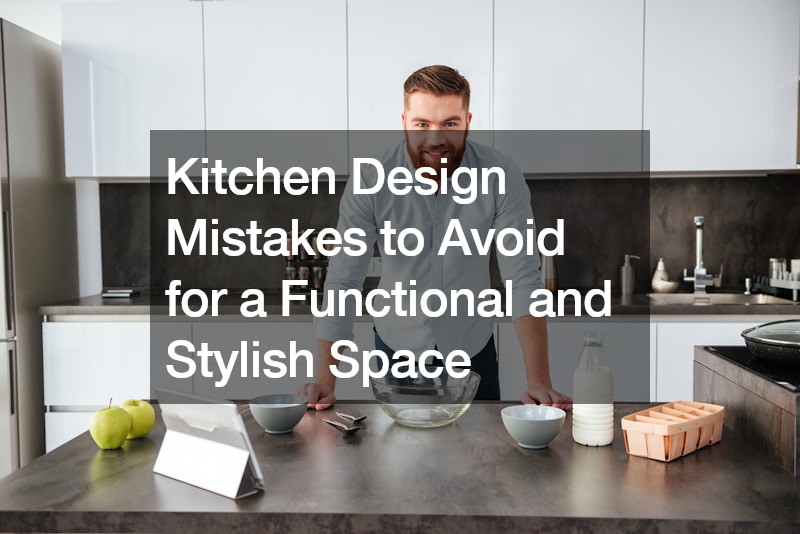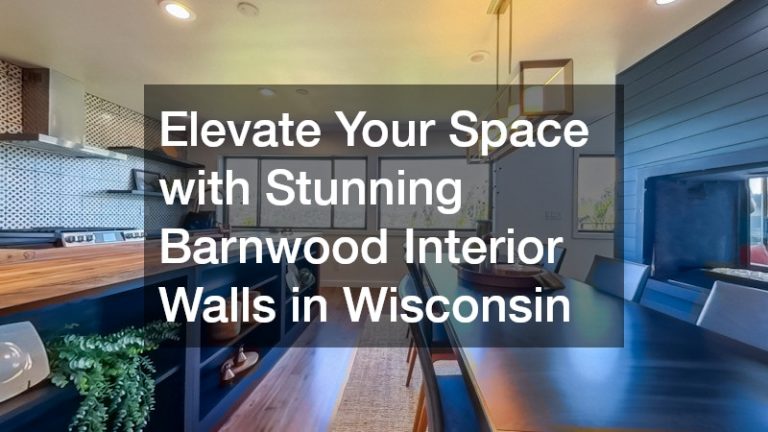

The kitchen is the heart of the home. It’s where meals are prepared, memories are made, and conversations flow. But a poorly designed kitchen can quickly become frustrating and hinder your culinary creativity. To ensure your kitchen is both stylish and functional, avoiding common design mistakes is crucial. Here, we’ll explore some key pitfalls to steer clear of for a kitchen that looks good and works even better.
Planning for Flow and Efficiency
A well-designed kitchen prioritizes a smooth workflow. The “kitchen work triangle” is a fundamental concept that dictates the placement of your three most-used elements: the sink, the refrigerator, and the stove. Imagine an invisible triangle connecting these points. Ideally, the total length of the triangle should be between 14 and 27 feet, with no leg exceeding 9 feet. This arrangement minimizes unnecessary steps and maximizes efficiency while you cook.
Countertop Conundrums
Countertops are the workhorses of the kitchen. They provide vital prep space and need to be ample enough to accommodate your cooking style. A common mistake is underestimating the amount of countertop needed. Aim for a minimum of 150 linear inches of usable countertop space. This ensures you have enough room for food prep, chopping, and laying out ingredients while keeping things organized.
Appliance Tetris
Appliances are major players in the kitchen, both functionally and aesthetically. Before finalizing your cabinet layout, consider the size and location of your appliances. Not only do you need to ensure they fit comfortably within the designated space, but you also need to think about accessibility and functionality.
For instance, placing the oven at an uncomfortable height can lead to backaches, while positioning the refrigerator far from the prep area creates unnecessary legwork. Appliance depth is another factor to consider. Standard-depth appliances protrude further from cabinets than counter-depth models. While standard depth offers more storage capacity, counter-depth appliances create a sleeker, more streamlined look.
The Power of Light
Lighting plays a crucial role in any kitchen. While overhead lighting is essential for general illumination, don’t neglect the importance of task lighting. Under-cabinet lighting is a gamechanger, providing focused illumination directly on your countertops. This makes food prep and other tasks easier on your eyes and ensures you’re working with good visibility.
Storage Solutions
A well-organized kitchen is a joy to cook in. Ample storage is key to keeping clutter at bay and maximizing space utilization. When designing your cabinets, consider incorporating a variety of drawer and cabinet sizes to accommodate different needs. Deep drawers are ideal for pots, pans, and bulky appliances, while shallow drawers are perfect for utensils and cutlery.
Don’t forget about the power of vertical space. Full-height cabinets make the most of your walls, offering additional storage without sacrificing precious floor space. Pull-out shelves and Lazy Susans in corner cabinets help maximize accessibility and prevent items from getting lost in the back.
Balancing Style and Substance
While aesthetics are important, your kitchen shouldn’t be all looks and no practicality. Trendy hardware that may look stunning initially can become cumbersome with daily use. Opt for classic styles with clean lines and easy-to-grip handles. A timeless design will endure the test of time and remain functional for years to come.
Budgeting for Success
Kitchen renovations can be costly, so setting a realistic budget and sticking to it is crucial. Allocate an appropriate amount of funds for each component, from cabinets and appliances to countertops and flooring. A good rule of thumb is to allocate roughly 20% of your home’s value to the renovation.
Don’t be afraid to explore cost-effective alternatives without compromising on quality. For instance, consider laminate countertops instead of granite or quartz. Laminate offers a wide range of styles and finishes at a more affordable price point.
Beyond the Basics
Here are some additional tips for a successful kitchen design:
- Think about ventilation: A good exhaust fan is essential for removing cooking odors and grease from the air.
- Incorporate a designated trash area: Having a built-in trash can or pull-out trash drawer keeps waste out of sight and makes cleanup easier.
- Don’t forget the outlets: Plan the placement of electrical outlets strategically to avoid extension cords and ensure easy access for appliances.
- Consider a pantry: A pantry offers valuable dedicated storage space for dry goods, keeping your cabinets clutter-free.
By avoiding common design mistakes and prioritizing functionality alongside aesthetics, you can create a kitchen that is both stylish and a joy to use. Remember, the kitchen is an investment – a well-designed space will enhance your home’s value and provide enjoyment for years to come.
.



